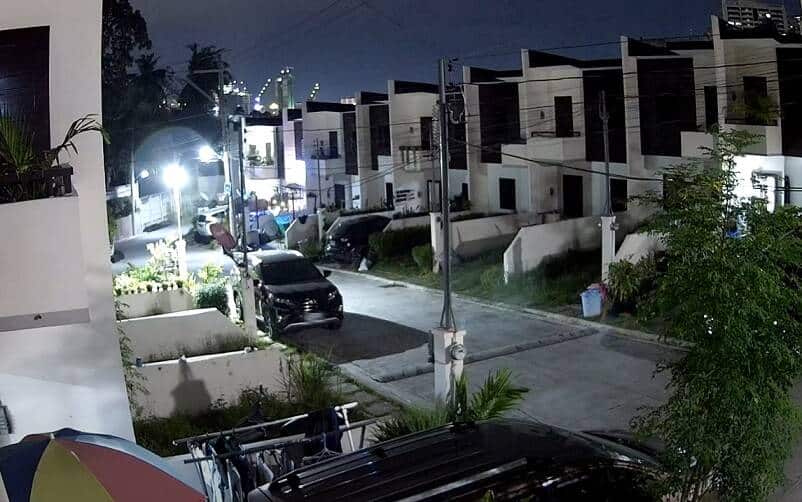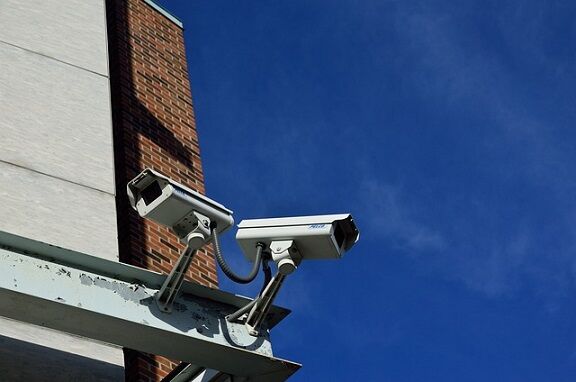What are starlight security cameras?
Starlight cameras utilize advanced optical, sensor, and image processing technologies to deliver clear and detailed images in dark conditions.
Unlike traditional cameras that rely solely on infrared illumination or low-light sensors, Starlight cameras leverage the faintest traces of ambient light, including moonlight and starlight, to produce remarkable results.

Starlight cameras are known for their exceptional ability to capture and maintain color accuracy and detail in low-light environments. These cameras have a seamless transition to night mode, which allows visible light to reach the image sensor when there’s not enough ambient light available. As a result, surveillance footage captured by these cameras is sharp and vibrant, making it possible to accurately identify subjects and objects.
Key Components of Starlight Cameras
| Component | Description |
|---|---|
| Sensor Technology | Highly sensitive sensors maximize light sensitivity, often utilizing back-illuminated pixel technology. |
| Optical Innovation | Wide apertures allow maximum light transmission to the sensor, coupled with advanced image processing algorithms. |
| Image Signal Processing | Sophisticated ISP technology enhances images while minimizing imperfections caused by lens or sensor limitations. |
How Starlight Cameras Work
Starlight cameras utilize sophisticated sensor technology to amplify available light sources, including starlight and moonlight, to produce high-quality images. By leveraging larger sensors, wider apertures, and optimized shutter speeds, these cameras excel at capturing details in low-light environments that would be imperceptible to the human eye.
Comparing Starlight with Other Night Vision Technologies
- Starlight vs. IR Night Vision: Unlike traditional IR cameras that produce black-and-white images in low light, Starlight cameras offer superior color accuracy and detail, making them ideal for applications requiring precise identification.
- Starlight vs. Full-Color Night Vision: While Starlight cameras may switch to monochrome mode in extreme darkness, full-color night vision cameras utilize spotlights to maintain continuous color imaging.
- Starlight vs. ColorX Night Vision: ColorX technology, found in some advanced cameras, provides full-color night vision without additional lighting. While Starlight cameras may switch to monochrome mode in extreme darkness, ColorX cameras maintain color imaging capabilities even in dim environments.
Pros and Cons of Starlight Cameras
Pros:
- Exceptional clarity and detail in low-light conditions
- Ability to capture identification-level images
- Superior performance compared to traditional IR cameras
Cons:
- May switch to monochrome mode in extreme darkness
- Reliance on ambient light sources for optimal performance
Conclusion
Starlight cameras represent a significant advancement in low-light surveillance technology, offering unmatched performance and versatility. With their ability to capture clear and detailed images in near-dark conditions, these cameras are ideal for a wide range of applications, from outdoor security to traffic monitoring.
Whether it’s the subtle glow of starlight or the faint shimmer of moonlight, Starlight cameras excel at transforming darkness into clarity, providing invaluable insights and peace of mind in the darkest of nights.



![What is the optimal camera height for a security camera? [SOLVED] What is the optimal camera height for a security camera? [SOLVED]](https://securitybros.com/wp-content/uploads/2024/02/what-height-should-I-place-security-cameras.jpg)


